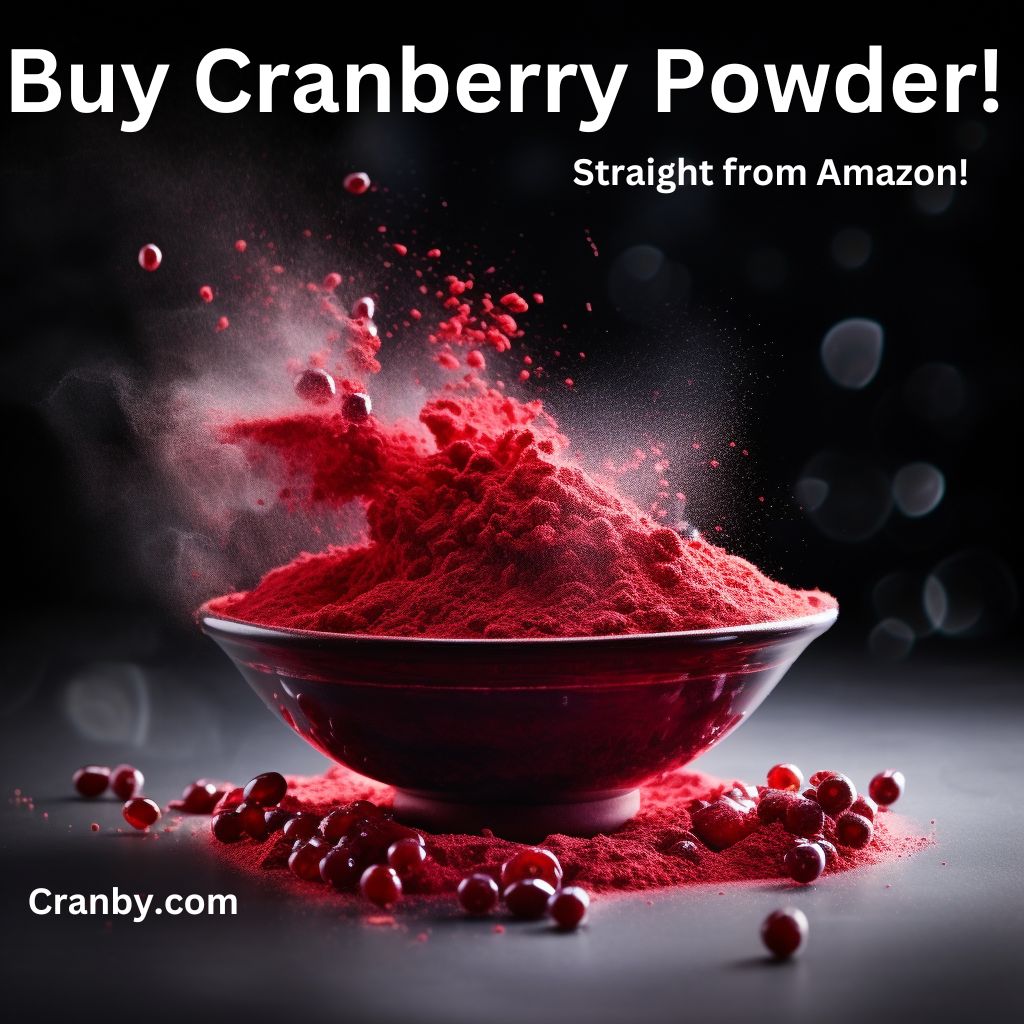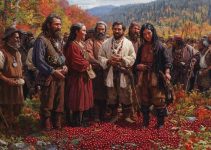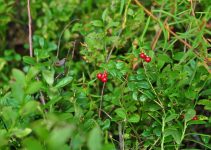
History of Cranberries
…
Cranberries are native to North America and found mostly in the North eastern area. They get their name from the German kraanbere, which came from the German and Dutch colonists in New England. They saw the entire plant; the flower, stem, and petals resembling the features of a crane, hence craneberry or cranberry. This was around 1694. But earlier on, around 1647, an English missionary referred to them as cranberries as well.
Origin
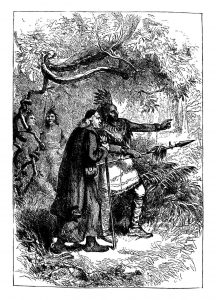
Origin of Cranberries
The scientific name for the cranberry is Vaccinium Macrocarpon, which nobody really cares about unless you are a hardcore scientist. In the UK it is Vaccinium Oxycoccus, also referred to as the mossberry, or fenberry as it likes to grow around ferns (which is at least a little more interesting). This European variety of cranberry is also native to to parts of Europe and Asia but isn’t the same big, bright, juicy berry we have come to know in North America – cause we rule.
The first reference to the berry was made by a European in the American colony in 1550. This reference spoke about how Native Americans used the berry. It was of course primarily a food for them and they used it in many different ways. One was to combine the cranberries with deer meat and fat, let the combination simmer and eat it like a porridge. The berries gave flavor to the otherwise bland food which was used a lot while traveling.
The Natives also used it as a dye and as a medicine. It’s said that they used cranberries to help with indigestion, inflammation and as a compress on wounds. The French colonists benefited from it’s medicinal properties when the Natives helped treat their instances of scurvy (lack of vitamin C) by feeding them cranberries.
Where they Grow
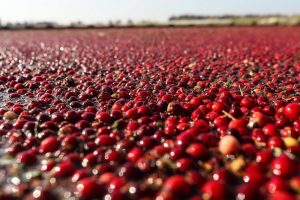
All things Cranberries at Cranby.com
10,000 years ago the ice caps started melting and these shrinking glaciers left large areas of wet land, which today are creatively called wetlands and/or bogs, and that’s still where they grow naturally at present – in the wetlands of New England. Get the picture? It’s always wet … yeah sorry.
Anyway, commercial growth of cranberries (i.e. farming them) started in the early 1800s and presented all sorts of challenges. It’s season is only about 6 weeks long in the early fall and they need to be grown in an area with specific soil and lots of water. Then they need a cooler winter to be ready for the next year’s crop and on top of that are hard to harvest. In other words they are like a bratty, spoiled princess; difficult, picky and demanding.
Unlike a spoiled princess though cranberries are worth the effort. Demand for the berries grew and people started farming them to make a profit and keep up with all of the orders they got. The berries were consumed as a juice, as dried fruit or mixed up with other foods since eating them fresh makes your mouth pucker the way sour chew gum used to when you were a kid. They are bitter and very sour and today are usually combined with sugar or something sweet to make them more enjoyable.
Today
At present, with all of the advanced farming technology we have, cranberries are grown year round. In 1912 they started to tin them so that people could eat them any time of year. Later on they were dried and frozen.
Almost all of the world’s cranberries are grown in the US, Canada and Chile, with 75% being in the US. The top producing states are Wisconsin, Massachusetts and Oregon and the biggest organization that grows them is a company we’ve all heard of called Ocean Spray – you’ve seen the commercial where two, slow-sounding-but-all-around-good-farmer-dudes are standing knee deep in a bog of cranberries talking about their cranberry juice.
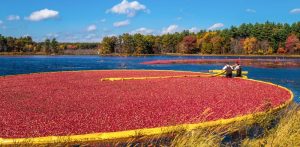
Cranberry Farm
Most people today use them in sauces and a relish that accompany turkey for Thanksgiving and Christmas celebrations in Britain and Canada. They are often used in jellies, cakes, pies, breads, candy, juices, and even catsup.
It’s also being sold in its powdered form as a health food, but like I said it’s still a bitter/sour fruit so people usually add something sweet to the powder which negates some of the health benefits of consuming cranberries. It’s like adding a minute amount of vegetables to baked goods with lots of flour and sugar to trick your kids into eating vegetables. Imagine writing a book about that lol.
But science may save the day for the cranberry yet as people are working on cultivating a natural variety that is sweet when ripe.
That won’t satisfy that spoiled princess because nothing ever will. But it will allow us to enjoy one of our favorite foods while reducing our sugar intake which would raise the cranberry’s status to “awesomeness level”.
…
– Cranby
